The views expressed in our content reflect individual perspectives and do not represent the authoritative views of the Baha'i Faith.
“God did not neglect the millions of Indigenous peoples of the Western Hemisphere … Over the centuries a ‘myriad of Messengers’ of God were sent to various Indian nations …”
Written by the famed Indigenous activist Patricia Locke, those words posit a past in which the Creator dispatched holy messengers to the tribal peoples of the West to morally and spiritually educate all humanity.
When Patricia Locke became a Baha’i in 1988, perhaps she read this passage from Baha’u’llah’s writings, and applied its wisdom to not only the East but to the West:
For every land We have prescribed a portion, for every occasion an allotted share, for every pronouncement an appointed time …
In every land We have set up a luminary of knowledge, and when the time foreordained is at hand, it will shine resplendent above its horizon, as decreed by God, the All-Knowing, the All-Wise. … Indeed the knowledge of thy Lord pervadeth the heavens and the earth.
But no matter where she found her inspiration within the Baha’i teachings, Patricia Locke firmly accepted the fact that all peoples and cultures, including the Indigenous civilizations of the ancient Americas, had access to a spiritual revelation. In the previous installment in this series, we introduced a formerly lost manuscript from Patricia Locke: “Native American and Other Indigenous Manifestations of God,” in its first public release.
RELATED: Patricia Locke on Native American Manifestations of God
This is where we ask our readers to stop and listen — because, at this very moment the “voice” of Patricia Locke speaks to us now, in her recently-rediscovered paper.
Q: Kevin, let’s set a brief, historical context: 1993 was a big year for all things Indigenous, because the UN General Assembly proclaimed it the “International Year for the World’s Indigenous People.” As recounted in the late author John Kolstoe’s biography of your mother Patricia Locke, Compassionate Woman:
In her early years as a Baha’i, Pat absorbed all she could about the Faith and attended every conference or meeting possible. However, her biggest shock came two-and-a-half years later in 1993. Tod Ewing had resigned from the National Spiritual Assembly when he was appointed a Continental Counselor. The National Spiritual Assembly is a nine-member body elected by Baha’i delegates from throughout the forty-eight contiguous states and the District of Columbia. It is the highest administrative body for the Baha’is under this jurisdiction. Its purpose is to guide Baha’i communities on a national level. …
Much to her surprise, if not consternation, Patricia was elected. In fact, it came as a surprise to most of the Baha’is of the United States because she was so new to the Faith. As Jack McCants, a well-traveled, well-known believer, and at the time a member of the National Spiritual Assembly, said, “I’d never even heard of her.”
Probably no one was more surprised than Patricia herself.
A presentation at the 2021 Parliament of the World’s Religions resurrected Patricia Locke’s pivotal understanding of the succession of Indigenous messengers of God. On October 17, 2021, the Patricia Locke Foundation presented a 45-minute pre-recorded video, “Encouraging Grassroots Indigenous Land & Spiritual Acknowledgements,” for a special session titled Indigenous Land Acknowledgement Centered on Spiritual Reality.
So far in our series of BahaiTeachings.org articles on Indigenous messengers of God, we’ve written about all of the messengers Patricia Locke mentioned in her paper, with four exceptions: Changing Woman or White Shell Woman; Kuksu; Pahana; and Sintupi Win, or Tail Feather Woman.
Of these four, Siŋtúpi Wiŋ – Tail Feather Woman – was a 19th-century visionary and originator of the “Big Drum Ceremony,” designed to bring unity and healing among peoples. As for Changing Woman or White Shell Woman of the Navajo/Diné sacred traditions, she is also important in various Apache traditions.
That said, Bitahnii Wayne Wilson and I have previously written about “Talking God” in the Navajo/Diné context. Previous Baha’i literature had focused on the “Warrior Twins,” so discussion of Talking God is relatively new in Baha’i discourse on all things Indigenous, especially in the unpublished Master’s thesis of the late Linda Covey.
Regarding Kuksu, while those secret ceremonies are widely discussed in the published research, there is a dearth of information on Kuksu himself in the available literature.
On the interesting topic of the return of Pahana, “our true White Brother,” Patricia Locke may have relied on “The Hopi Message to the United Nations” — the “House of Mica” — presented by Thomas Banyacya on December 10, 1992.
Kevin, in light of the above, can you comment on Patricia Locke’s primary message and purpose in writing and presenting this paper, way back in 1993? Was it to clearly show that God did not neglect the millions of Indigenous peoples of the Western Hemisphere? Over a quarter of a century later, does Patricia Locke’s same message have continued relevance and meaning for this day and age?
A: My understanding is that my mother, Patricia Locke, was raised in an environment where the Indigenous spiritual heritage was consistently linked to the divine revelators sent by God to this land.
I say this because, even at my age, the elders reverently hold the memory of these holy souls and attribute all good and holiness to them. My mother was then unaware of Abdu’l-Baha’s assurance that the “… Call of God was raised …” in this land – but knew it intuitively, and took it on faith that this land has always been favored and blessed.
Now that the Indigenous messengers’ voices are emerging from obscurity, it is more important than ever to acknowledge and draw inspiration from their source — the Wise Ones who have walked this land. As Baha’u’llah wrote:
If thou be of the inmates of this city within the ocean of divine unity, thou wilt view all the Prophets and Messengers of God as one soul and one body, as one light and one spirit, in such wise that the first among them would be last and the last would be first. For they have all arisen to proclaim His Cause and have established the laws of divine wisdom. They are, one and all, the Manifestations of His Self, the Repositories of His might, the Treasuries of His Revelation, the Dawning-Places of His splendour and the Daysprings of His light. Through them are manifested the signs of sanctity in the realities of all things and the tokens of oneness in the essences of all beings. Through them are revealed the elements of glorification in the heavenly realities and the exponents of praise in the eternal essences. From them hath all creation proceeded and unto them shall return all that hath been mentioned. And since in their inmost Beings they are the same Luminaries and the self-same Mysteries, thou shouldst view their outward conditions in the same light, that thou mayest recognize them all as one Being, nay, find them united in their words, speech, and utterance.
The more we know about all of these repositories of the Creator’s might and these daysprings of His light, the more we can know about the entire creation and about ourselves.


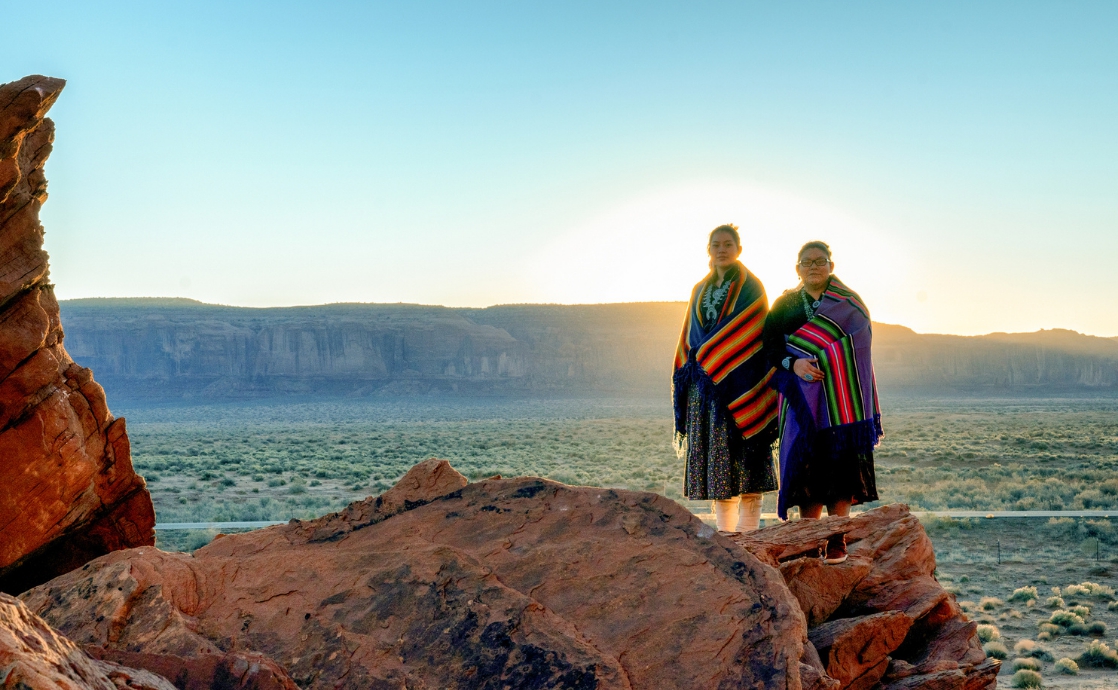

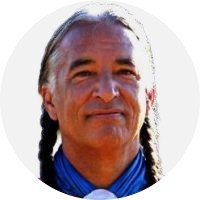
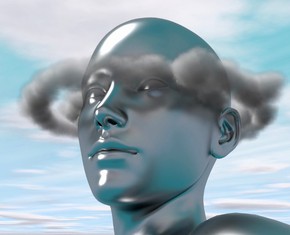
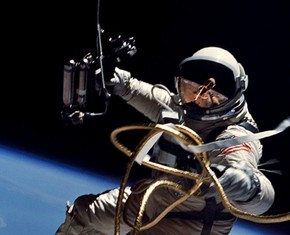
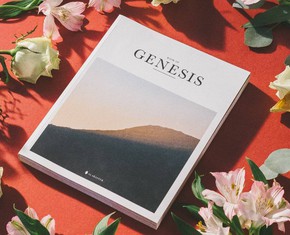







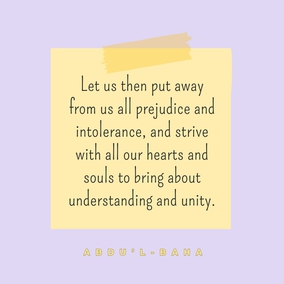

Comments
Sign in or create an account
Continue with Googleor